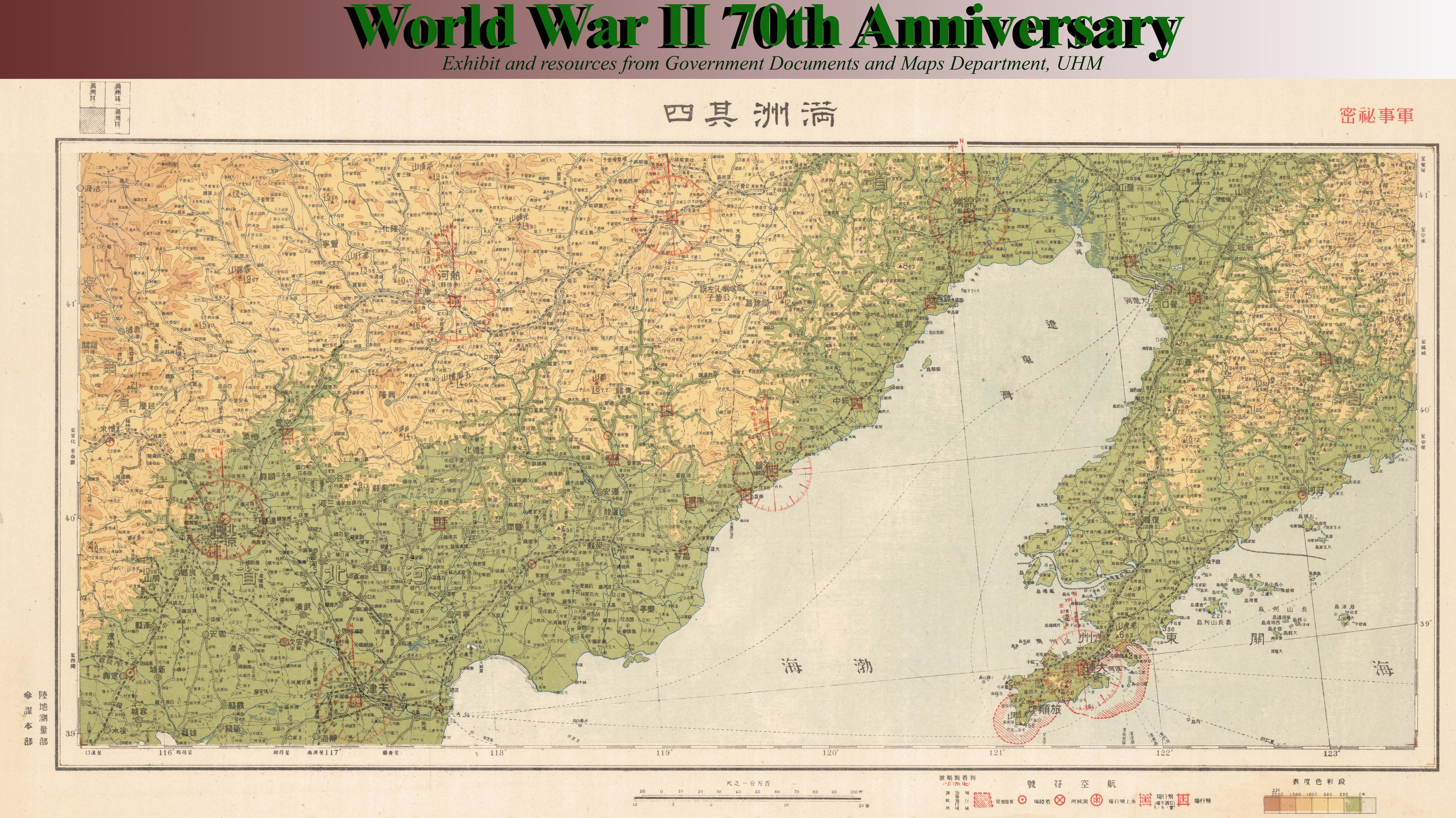Special Japanese attack aircraft tested; Allied bombing of Tokyo and other cities

August 9, 2015-August 15, 2015
Location: Government Documents
Uncle Joe fulfills his promise from the Yalta Conference: exactly three months after the defeat of the Third Reich, the Soviets declare war on Japan August 8. Stalin wastes no time and one minute past 12:00 am on August 9, 1.5 million of the Red Army amass and cross into Manchuria. Colonized Korea is also not spared.
The entry of the Soviets in the war is a game changer. Having lost Stalin as an intermediary to negotiate favorable surrender terms with the Allies (keep colonial territories, avoid war crimes trials, maintain their form of government, etc.) and now faced with two great powers on her national borders, the Japanese situation is dire.
On that morning, the people of Nagasaki are the victims of a second nuclear bomb--made of plutonium and more powerful even than the one of Hiroshima. But in the eyes of Japanese military leaders this port city represents only another amongst the tens of Japanese cities bombed and destroyed in the summer of 1945 . Unless Japan surrenders, Truman threatens with more atomic bombs, but there are, in fact, no more large cities left to bomb (and secretly not yet assembled nuclear devices).
Galvanized by the emperor, the Japanese government on August 10 attempt to preserve at least the sovereignty of the imperial head of state: an unconditional surrender with a condition. The response is immediate. View the diplomatic exchange in Department of State Bulletin, August 12, 1945.



Newsmap. Monday, 20 August, 1945: week of 7 August to 14 August, V-E Day + 15 weeks, 192nd week of U.S. participation in the war. Front displays map and text of Allied attacks in East Asia. Map title: "The Knockout blows fall." Includes photographs: Soviet Union sends powerful Far Eastern forces into Manchuria, American plane drops atomic bomb on Japanese city of Hiroshima, Third fleet warships and planes. Verso: Advance base sectional docks. Description and photographs of Navy floating dry docks.


- View this map in print in the Map Collection reading room, ground floor of UHM Hamilton Library, the week of 9 August 2015
- View this map online through the University of North Texas Digital Library ( http://digital.library.unt.edu/ark:/67531/metadc859/)
Notes: Newsmaps were color posters issued by the U.S. Army and the Government Printing Office (GPO) on Mondays during the World War II. They combine maps, images, and news from the previous week’s war effort.

